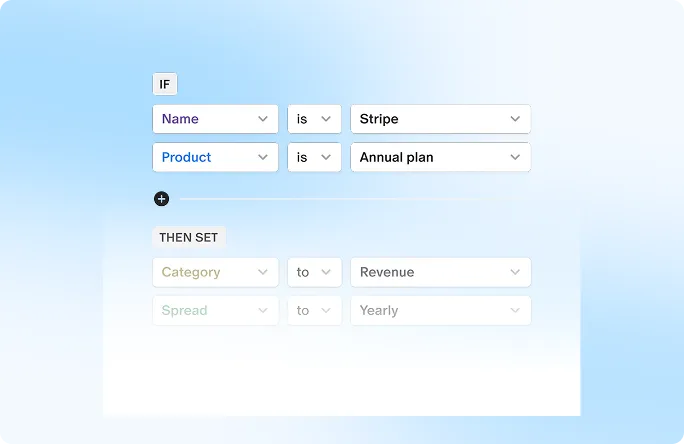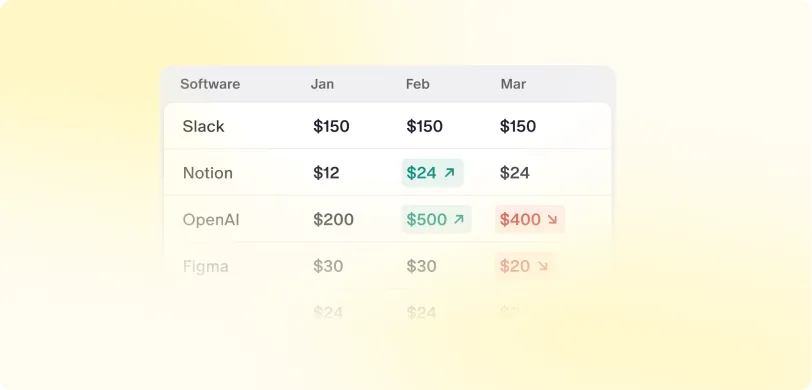Are you a founder looking to predict how key decisions will impact your company's financial future? Whether it's securing funding, launching a new business venture, or planning an expansion, pro forma financial statements are essential for seeing beyond the present. These hypothetical projections provide invaluable insights for strategic decisions, investments, and risk management.
In this blog, you'll learn the fundamentals of pro forma financial statements, including their types, importance, and the critical factors they forecast.
What Are Pro Forma Financial Statements?
Pro forma financial statements are financial reports that estimate a company's future financial performance based on hypothetical situations or assumptions. These projections allow businesses to estimate the financial impact of various decisions such as launching new products, mergers, or business expansions. Unlike traditional financial statements that reflect past performance, pro forma reports look forward, helping companies visualize potential outcomes and evaluate different strategies.
Types of Pro Forma Financial Statements
There are three key types of pro forma financial statements:
1. Pro Forma Income Statement: This forecasts a company's expected revenue, expenses, and net income for future periods. It is often used to predict profitability under various business decisions.
2. Pro Forma Balance Sheet: This statement outlines a company's anticipated financial position, detailing projected assets, liabilities, and equity to give a snapshot of its future financial health.
3. Pro Forma Cash Flow Statement: This statement forecasts future cash inflows and outflows, helping a business anticipate liquidity needs and plan for sufficient cash flow.
Why Are Pro Forma Financial Statements Important?
1. Strategic Decision-Making
Pro forma statements enable businesses to evaluate the financial impact of potential decisions before they are made. For example, they can forecast the effects of launching a new product, entering a new market, or undergoing a merger.
2. Risk Management and Scenario Analysis
Pro forma statements allow businesses to analyze potential risks and forecast future uncertainties. For example, a company can create worst-case, best-case, and most-likely financial scenarios. This process highlights potential financial risks, such as cash flow shortages, and prepares management with mitigation strategies.
3. Securing Financing and Investments
Investors and lenders often need pro forma financial statements to understand if a company can make profits and pay back its debts. A company's projected income, cash flows, and balance sheet give investors a forward-looking perspective on the business's potential, thereby increasing the chances of securing funding or equity investment.
4. Budgeting and Financial Planning
Pro forma financial statements are instrumental in long-term financial planning. Businesses use them to make budgets that estimate future earnings, costs, and cash flow. This provides insights into resource allocation and helps in planning for capital expenditures, hiring, and other operational decisions.
What Are Factors Forecasted in Pro Forma Financial Statements?
The main factors typically forecasted in pro forma financial statements are:
1. Revenue: Businesses project future sales, adjusting for market conditions, product launches, and other variables. Revenue forecasting is one of the most crucial elements in pro forma financial statements. It involves predicting future sales based on historical performance, market conditions, product launches, or new business strategies. This allows businesses to estimate income under various scenarios such as expansion, new product introduction, or mergers.
2. Expenses: This includes projecting changes in operating costs and other expenditures based on hypothetical scenarios.
3. Cash Flow: Cash flow forecasting is a key aspect of pro forma statements. It predicts the movement of cash in and out of the business, which is vital for assessing liquidity and ensuring that future obligations can be met without liquidity issues.
Conclusion
Pro forma financial statements are essential for forecasting revenue, expenses, and cash flow, enabling businesses to make informed decisions. They are particularly useful during mergers, expansions, and for securing financing, providing a roadmap for navigating future opportunities and risks with clarity.


 Equity management
Equity management

 Fund management
Fund management

 Fund management
Fund management

 Fund management
Fund management











































